Why There is No Science (and No Safety) Behind Clean Beauty
I know! How could anyone dislike “clean beauty?”
On the surface, the concept sounds great, doesn’t it? Finding products that are safe for you and your family. But the bottom line is it is actually all a load of nonsense.
Let’s find out why there is no science (or safety) behind clean beauty.
One of the reasons why I find the whole concept of “clean beauty” really distasteful is that it is actually taking advantage of people’s genuine desire to do the best for themselves, their health, and their families. This is the same problem I have with the wellness industry in general. Unfortunately, it’s all too easy to get sucked into the concept. However, this also highlights the importance of getting your information from scientists or clinicians, not from influencers and companies. Their goal is only to sell to you - which is fine - but it means you need to take their messaging with a grain of salt.
How Does “Clean Beauty” Work?
Let’s start by saying that “clean beauty” is not a regulated term, meaning that you can slap the label on anything and everything for any reason.
That means there is no fact-checking for any of the claims made. Not a great place to start.
As a concept, how does it work? Basically you are told to check through the ingredient list of a product. You then check it against an arbitrary “master list” to see if it falls into a “clean” category or “dirty” category. If it’s dirty, this is a bad product, throw it out.
It’s such a simple concept and that’s why it’s such a flawed one.
As we touched on in our article about parabens (a favourite “dirty” ingredient on these lists), the ingredients in your products are tested and put in there.
You will notice that every brand will have slightly different clean and dirty lists, which only helps to emphasise how arbitrary it is.
Cherry-Picking Data
These lists are often put together with no nuance. Any physician knows that when it comes to ingredients, the dose is what makes it ineffective, therapeutic, or poisonous. Clean beauty will find a study that shows an ingredient can be harmful in a specific circumstance (usually in vitro, meaning in a test-tube), but this has no relation to how the ingredient is used is cosmetics or how it might interact with our skin.
For example, chemical sunscreens are often vilified as being potential hormone disruptors and clean beauty will tell you to stay away from the ingredient oxybenzone. (Check out our article on SPF Myths!)
Do you know how much oxybenzone you would need to wear for it to have even potentially (not definitely) the tiniest effect on your hormones? You would have to cover every single inch of your body in oxybenzone every single day for 35 years.
Let me also remind you this sunscreen ingredient has been used for half a century with not a single published study describing systemic effects or hormone disruption from oxybenzone. So clean beauty, can you get a grip please?
What about Clean Beauty Brands?
The bottom line is that if a brand is marketing itself as “clean,” it is just that: marketing. There's no science and no safety behind the label. Period.
Common (Nonsense) Claims
All Natural
“Natural” skincare is such a nonsense term. I cannot emphasise that enough. It literally means nothing. I’ve covered this buzzword in our article about the Anatomy of a Good Skincare Routine. I can only repeat word-for-word what I said there:
“Natural is another very meaningless term. What does it mean to say this is a “natural product?” All ingredients in a beauty product are processed for safety, and your body’s receptors can’t tell the difference between “natural” and “synthetic” molecules (because there is no difference). Any chemist knows that everything in nature can be synthesised!”
This messaging has created a strange and dangerous narative that anything that is synthesised is more dangerous than anything that hasn’t been processed. If you take one second to think about this, you can see logically this isn’t true. Cosmetic products undergo strict testing to ensure safety. If you buy a jar of homemade lotion from your neighbour down the street or watch a Youtube video to create DIY sunscreen, you really have no idea what you’re slathering onto your skin.
Preservative-free
Saying a product is better if it is preservative-free is categorically false. I covered this in more detail in our article, What’s the Problem with Parabens and Other Preservatives (Hint: There is None). I can sum it up simply by saying we need preservatives in our products to keep them free from microbial contamination, which makes them safe for our skin!
Toxin-free
One of the key statistics that is twisted by companies, especially in the States, is that the EU bans thousands of chemicals from use in cosmetics, whereas the United States only bans about 11. This is immediately jumped on to say that in the States cosmetics are full of ingredients that aren’t used in other countries. This is a complete misinterpretation and misunderstanding of this statistic.
If you look at the list of banned ingredients in the EU, you will see the most of the ingredients are things that would never be, and have never been, used in cosmetics. Things like aircraft fuel and rat poison. You shouldn’t necessarily need to spell it out.
This is like if I came out with a new recipe and labelled it “poison-free.” You might immediately look at the other recipes I’d posted and think…Are these recipes…not poison free? Some things should go without saying, and not manipulated to sell to you.
Can we just be clear that it is straight-up illegal, and also would be very poor business, for companies for sell you any product that is toxic or poisonous. Think about it.
More Sustainable
I don’t think anyone has any objection to cosmetic brands making their products more sustainable and environmentally-friendly. We all want that, and this is a huge and separate topic in-and-of itself.
But that’s the key word. This is a separate topic. Let’s just be clear - “clean” does not equate to sustainable in any way. For example, using land purely for the purpose of growing plant-based ingredients for skincare is not more environmentally friendly than synthesising safe ingredients in a lab.
The Bottom Line
Does this mean that anything labeled clean or brands that position themselves within this market place are all terrible? Of course not. At the end of the day skincare is an industry - its entire job is to sell. What I object to is selling using pseudoscience and fear.
Look, there are great products out there that people love that position themselves as “X-or-Y-free” or “natural.”
Just understand that what actually makes these products good has nothing to do with their imaginary “clean” status.
References
Wang SQ, Burnett ME, Lim HW. Safety of oxybenzone: putting numbers into perspective. Arch Dermatol. 2011 Jul;147(7):865-6. doi: 10.1001/archdermatol.2011.173. PMID: 21768493.

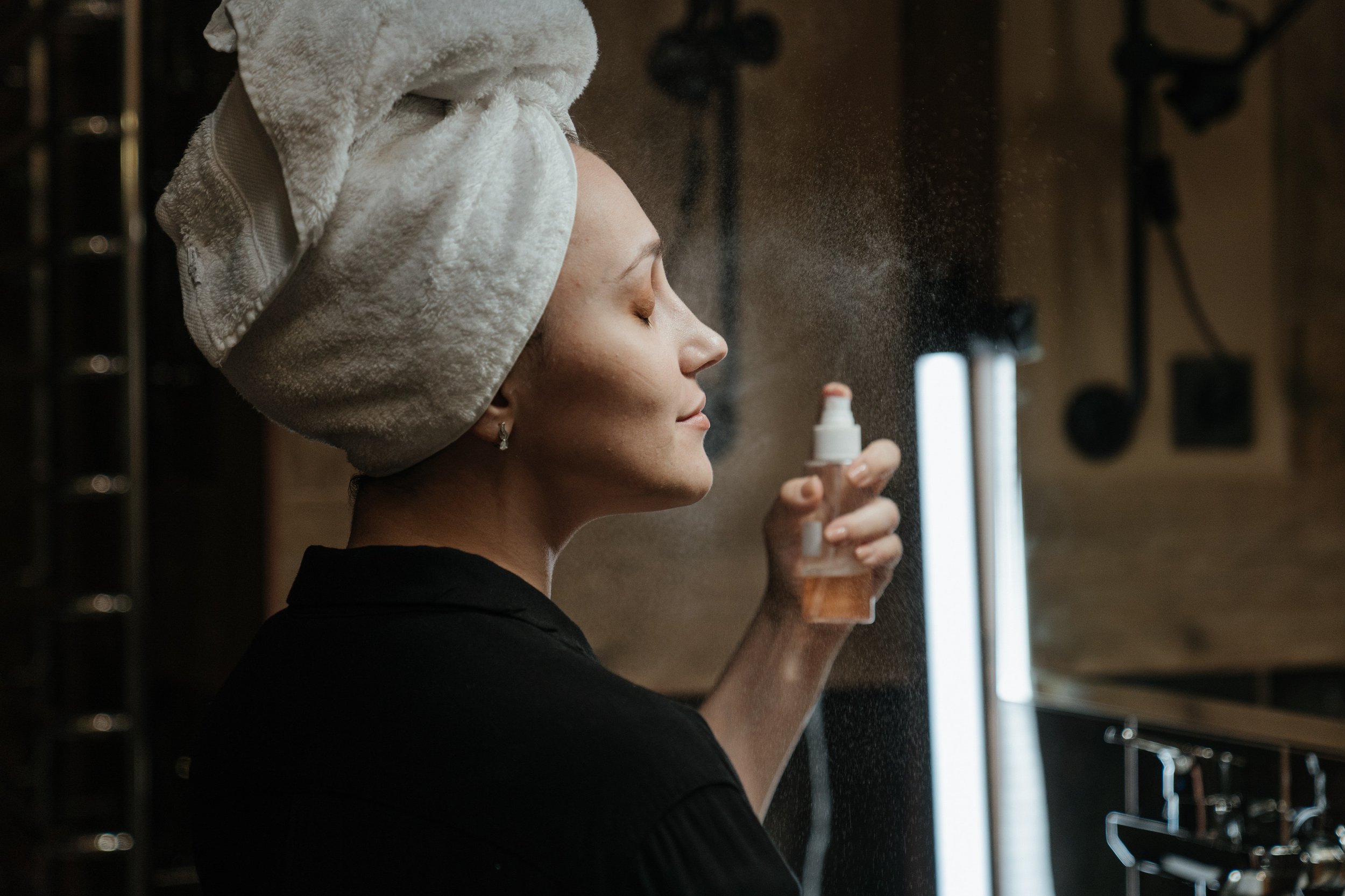



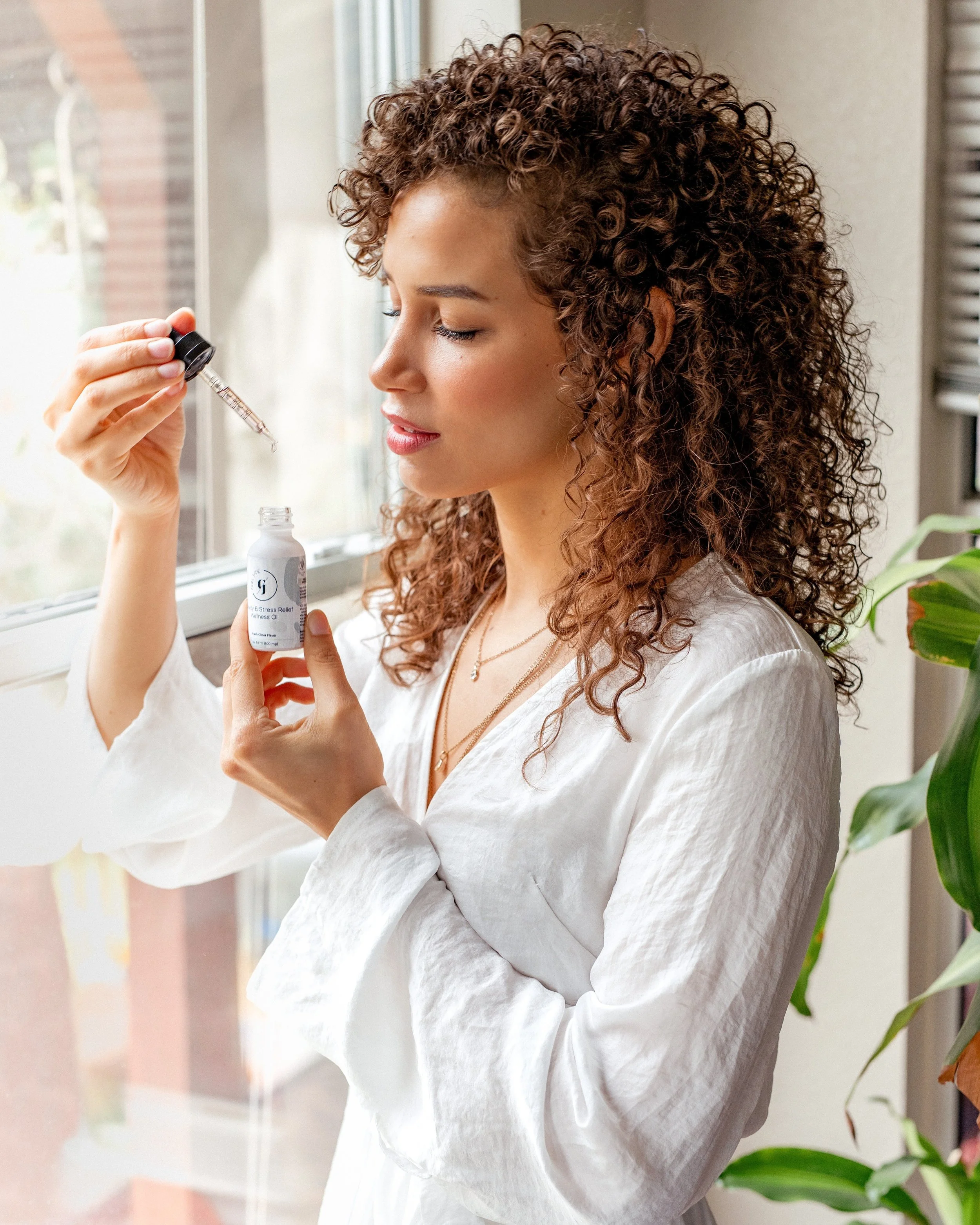

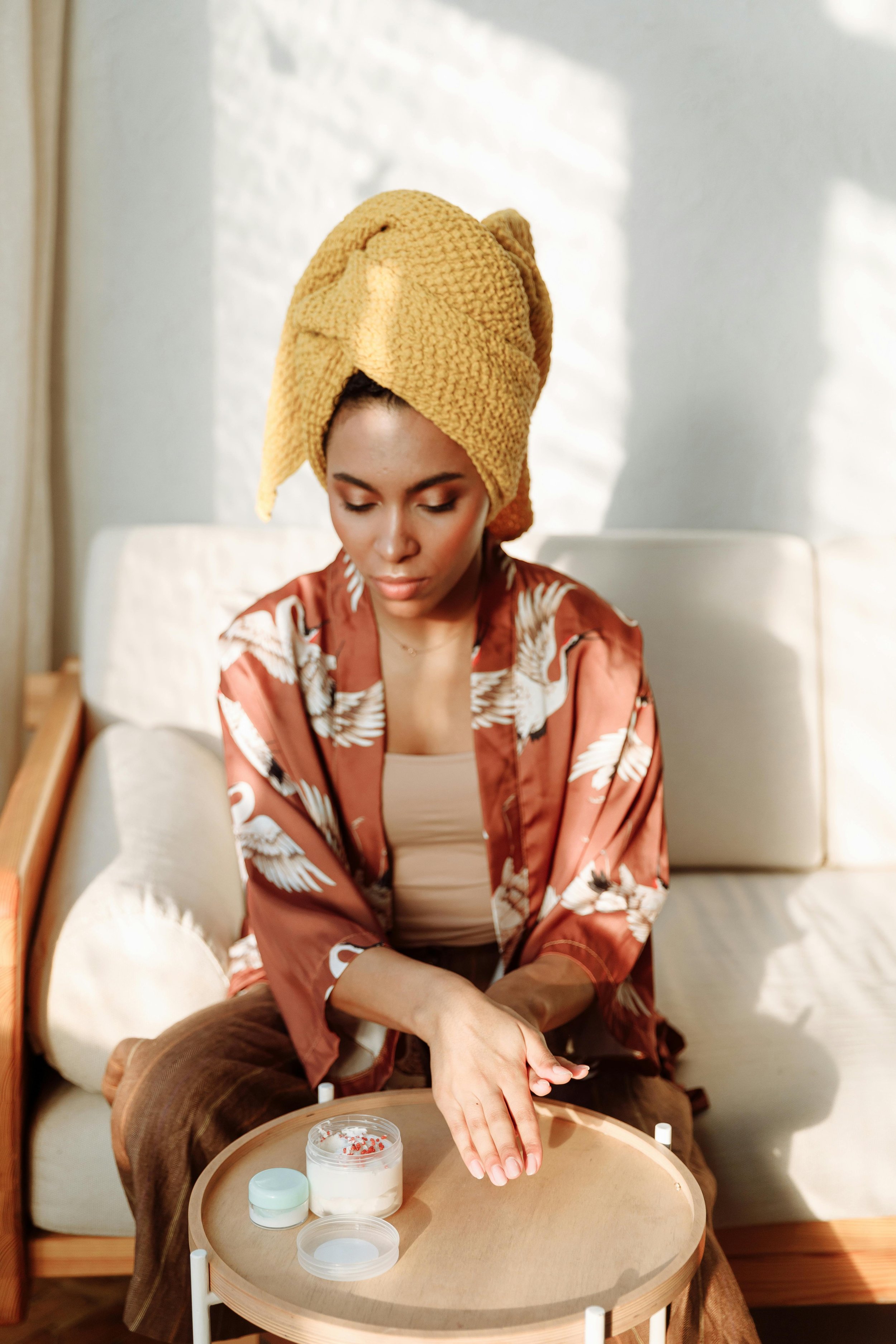
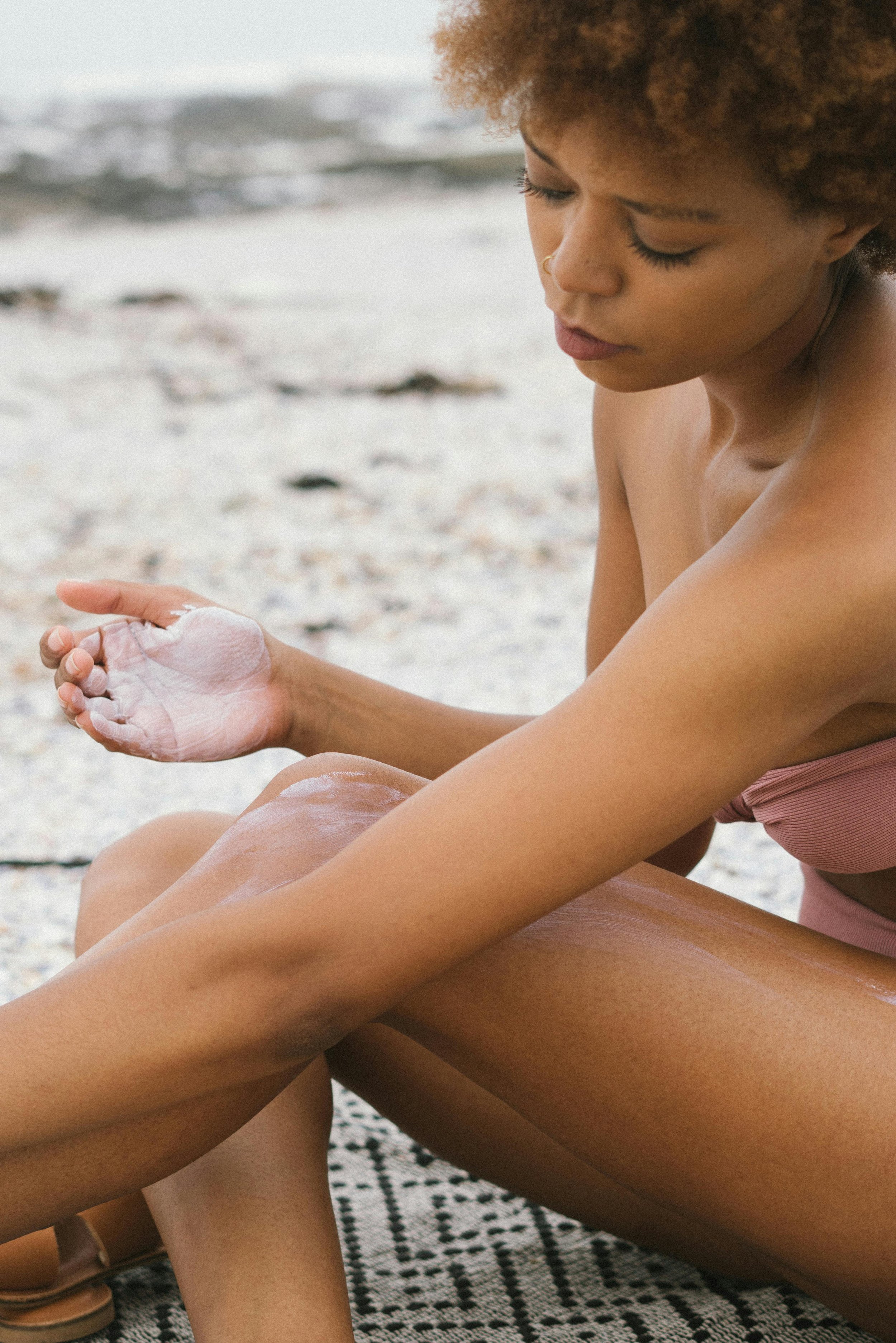
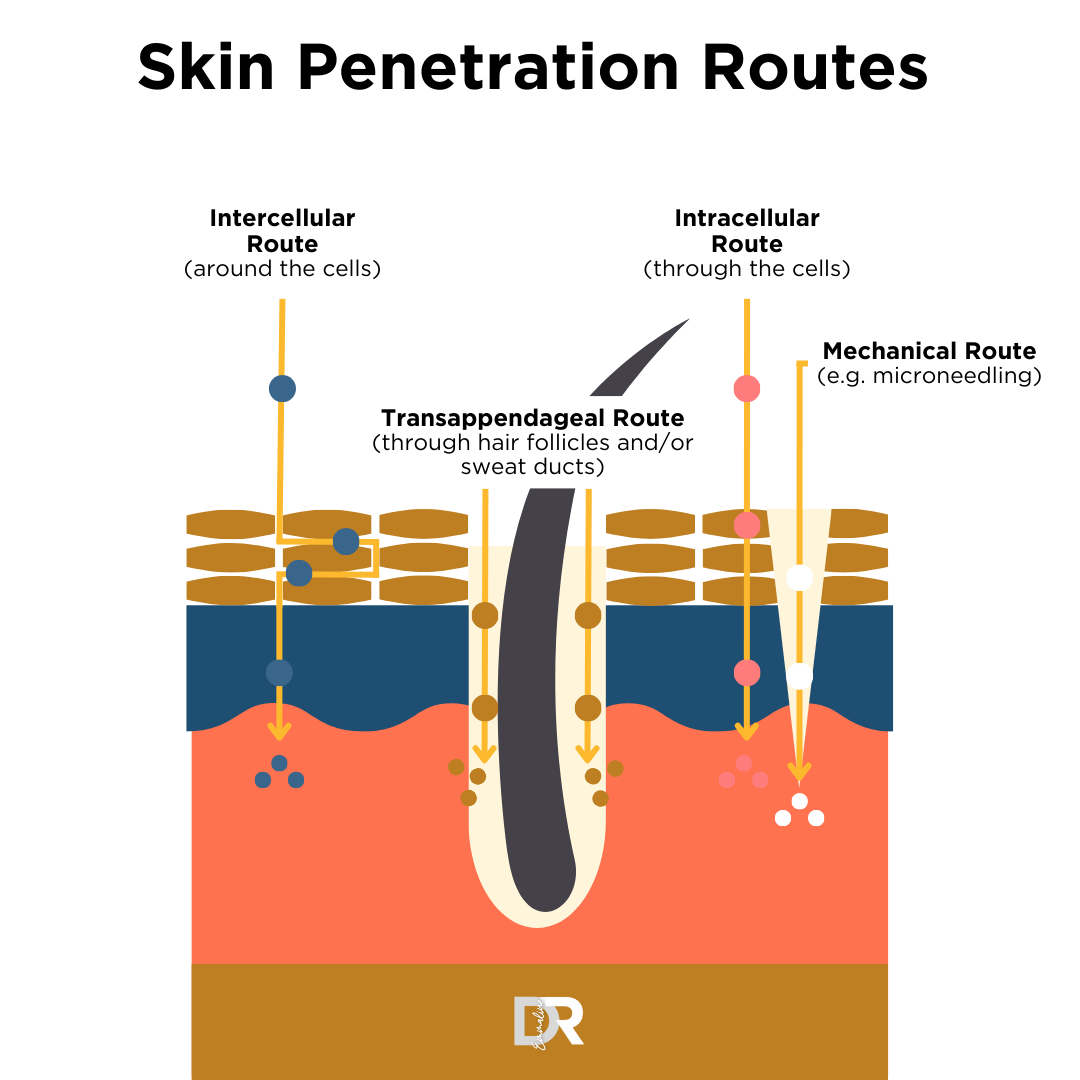
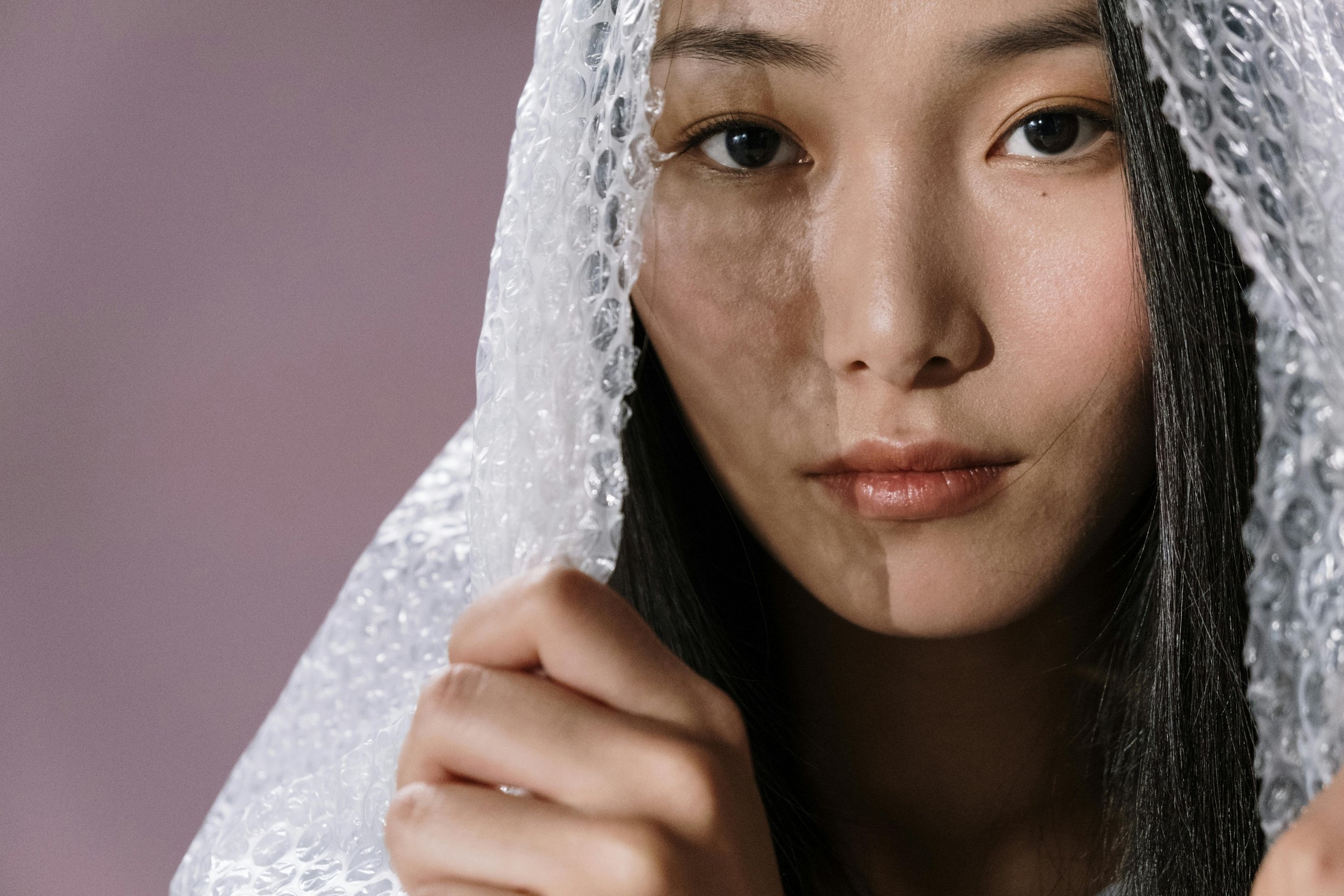




When it comes to skincare, acids have long been the stars of the show—think glycolic, salicylic, and hyaluronic acids. These tried-and-tested ingredients have earned their reputation for addressing common skin concerns such as acne, wrinkles, and dryness.
But did you know there are lesser-known acids that are starting to make their mark in the skincare world? While some have been used for centuries, others are still emerging in research. In this blog, we’ll introduce you to some skincare acids you may have never heard of, discuss their potential benefits, and help you decide whether they should make their way into your routine.